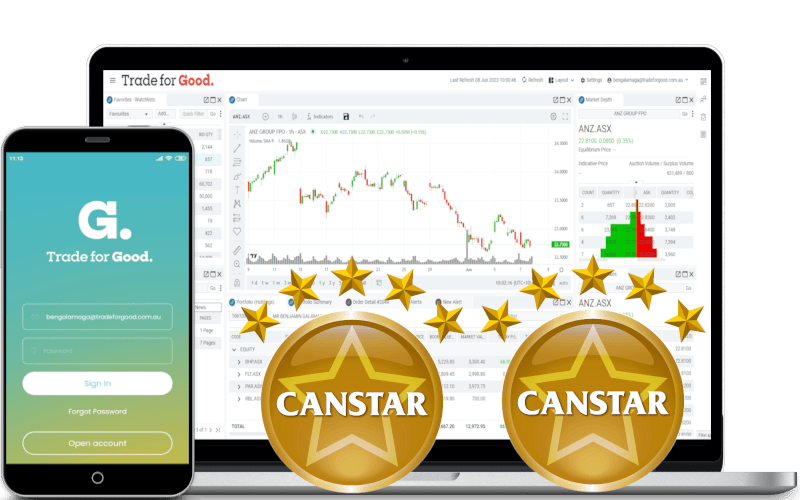High Yield Dividend ETF’s for the ASX in 2025

Here’s an analysis of five high-yield dividend ETFs available on the Australian Securities Exchange (ASX) in 2025:
What Is a Dividend ETF?
Dividend ETFs offer a convenient way to access multiple dividend-paying stocks in one go. These dividend ETFs are known as ‘high yield’ or ‘income’ ETFs.
All ETFs that include holdings of companies that pay dividends will deliver dividends to investors.
Some ETFs focus on an investment strategy prioritising stocks likely to pay reliable dividends to shareholders.
Vanguard Australian Shares High Yield ETF (VHY.ASX)

This ETF offers low-cost exposure to Australian companies with higher forecasted dividends. It diversifies by limiting investment to 40% per industry and 10% per company. Key holdings include BHP Group Ltd, Commonwealth Bank of Australia, Telstra Group Ltd, and Transurban Group. (vanguard.com.au)
The VHY.ASX, as of January 31, 2025, the trailing 12-month distribution yield is approximately 5.52% (Morningstar.com.au), specific information about the franking percentage isn’t available.
BetaShares Australian Top 20 Equity Yield Maximiser Fund (YMAX.ASX)
 This fund employs a covered call strategy over a portfolio of the 20 largest blue-chip Australian shares to enhance quarterly income and reduce return volatility. (fool.com.au)
This fund employs a covered call strategy over a portfolio of the 20 largest blue-chip Australian shares to enhance quarterly income and reduce return volatility. (fool.com.au)
As of January 31, 2025, the YMAX.ASX has a trailing 12-month distribution yield of approximately 7.59%. The most recent distribution, paid on January 17, 2025, was $0.1809 per unit, with a franking level of 46.23%. (betashares.com.au)
Global X S&P/ASX 200 High Dividend ETF (ZYAU.ASX)
![]()
ZYAU invests in 50 high-dividend stocks from the S&P/ASX 200 Index. Top holdings include National Australia Bank Ltd, Westpac Banking Corp, ANZ Group Holdings Ltd, and BHP Group Ltd. (globalxetf.com.au)
As of December 31, 2024, ZYAU.ASX reported a trailing 12-month distribution yield of approximately 5.53%, with a franking level of 83.79%. (globalxefts.com.au)
The most recent distribution, paid on January 16, 2025, was $0.122 per unit, with a franking level of 88.20%. (investsmart.com.au)
iShares S&P/ASX Dividend Opportunities ESG Screened ETF (IHD.ASX)

This ETF focuses on 50 ASX-listed stocks offering high dividend yields while adhering to diversification, profitability, and ESG criteria. It aims to provide exposure to companies with sustainable dividend income and strong ESG practices. (blackrock.com)
As of January 31, 2025 IHD.ASX, it has a 12-month yield of 5.37%, the most recent distribution, paid on January 17, 2025, was $0.1038 per unit, with a franking level of 81.14%. (Trackingsight.com and Marketindex.com)
SPDR MSCI Australia Select High Dividend Yield Fund (SYI.ASX)

SYI seeks to provide investment results that correspond to the price and yield performance of the MSCI Australia Select High Dividend Yield Index. This index includes companies with higher-than-average dividend yields that are both sustainable and persistent. (Morningstar.com.au)
As of January 31, 2025, the trailing 12-month distribution yield of SYI.ASX is approximately 4.42%, declared a distribution of $0.3834 per unit, with a franking level of 79%. (Marketindex.com.au)
So How Do They Compare
Here is a comparative analysis of the five high-yield dividend ETFs available on the ASX for 2025, scored on Risk, Diversification, Yield, ESG, and ROI.
Scoring Method:
- Risk: Lower is better (1 = low risk, 5 = high risk).
- Diversification: Higher is better (1 = low diversification, 5 = high diversification).
- Yield: Higher is better (1 = low yield, 5 = high yield).
- ESG: Higher is better (1 = no ESG focus, 5 = strong ESG focus).
- ROI (Return on Investment): Based on past performance and expectations for 2025 (1 = lower return, 5 = higher return).

Insights:
- Best Overall: SYI (SPDR MSCI Australia Select High Dividend Yield Fund) – Balanced yield, ROI, and ESG factors with strong diversification.
- Best for Yield: YMAX (BetaShares Australian Top 20 Equity Yield Maximiser Fund) – Highest yield but lower diversification and ESG.
- Best for Diversification: VHY & ZYAU – Both score highly in diversification and ROI.
- Best for ESG: IHD (iShares Dividend Opportunities ESG Screened ETF) – The strongest ESG focus.
The Bottom Line
When considering these ETFs, it’s essential to evaluate factors such as management fees, diversification, underlying holdings, and how they align with your investment objectives and risk tolerance.
- Dividend ETFs aim to invest in companies that are expected to pay high, reliable and/or growing income streams.
- Dividend ETFs can invest in a range of different types of assets, including Australian shares, international shares, and Real Estate Investment Trusts (REITs).
- Distributions can be paid monthly, quarterly, semi-annually, or annually.
- ETF issuers do not keep dividends as performance fees – they are generally paid out to investors as distributable income.

What you learn here has been used in our Trade for Good software.
Click on the button to find our software education videos.
You can read more of our educational articles in the Trade for Good Learn section
Trade for Good Learn


